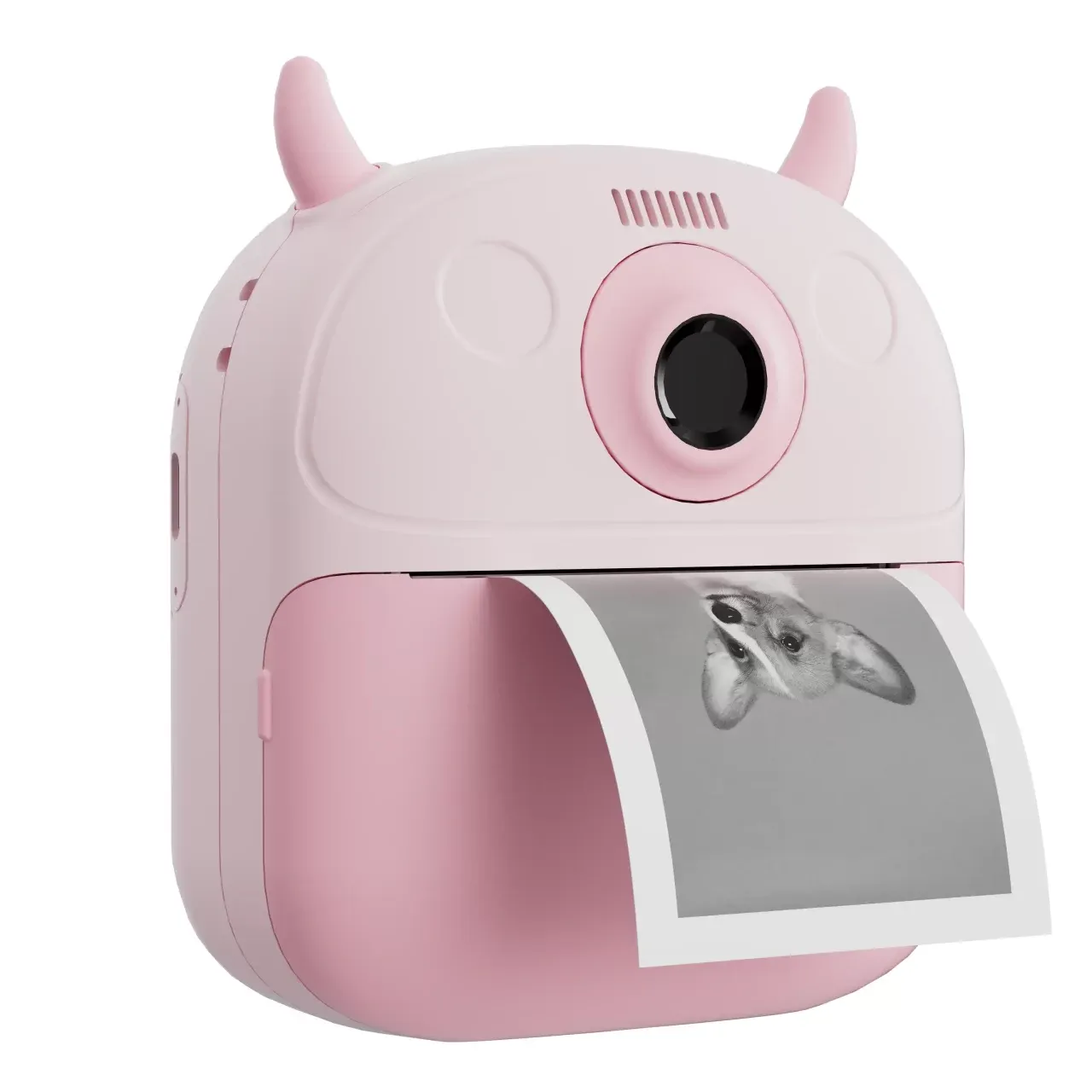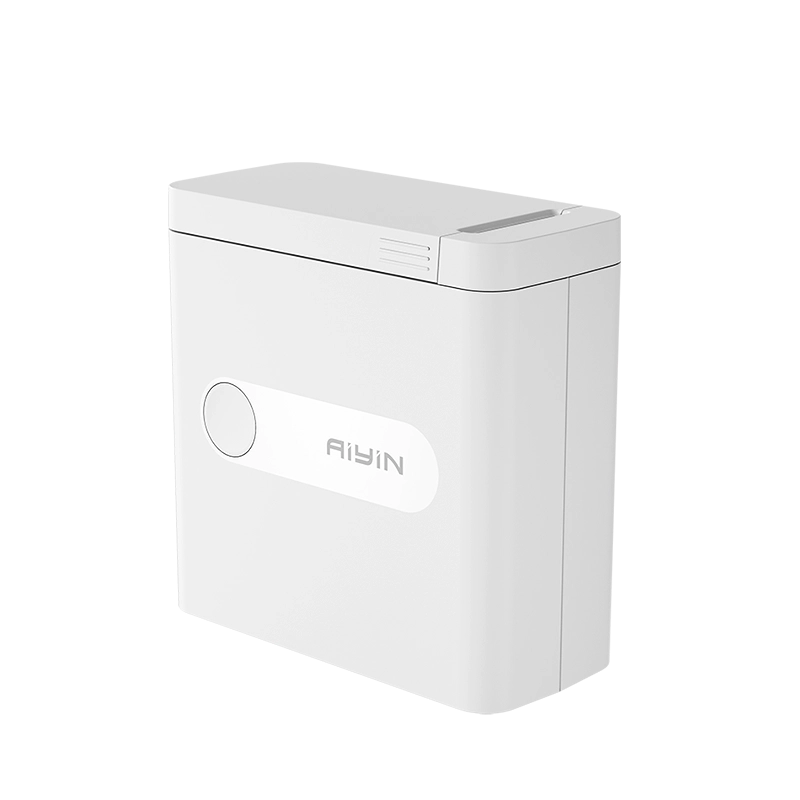A thermal printer is small, fast, and surprisingly versatile. Most people think of receipts when they hear the term, but modern thermal printers can handle a wide range of business and creative tasks — from shipping labels and asset tags to kitchen tickets and minimalist stickers for crafts.
This guide, delivered by Aiyin, a leading thermal printer manufacturer, walks through practical use cases, required media and DPI, durability tips, common limitations, and a final checklist so you can pick the right setup for your workflow.
Transactional Prints — The Everyday Staples
The most obvious use case: receipts and order tickets. Restaurants, retail checkouts, parking meters, and kiosks all rely on thermal printers for:
- POS receipts (fast, low-cost, short-term).
- Kitchen/order tickets (simple black-on-white prints that handle heat and humidity briefly).
- Parking/toll receipts and event stubs.
Specs: typically direct-thermal media, 203 DPI, short lifespan expected (days to months). These jobs prioritize throughput and low consumable cost.
Shipping & Logistics Labels
Warehouses and e-commerce fulfillment centers use thermal printers to produce waybills, pallet tags, and return labels that must scan reliably through automated workflows.
- Courier waybills & packing labels (integrate with WMS/ERP).
- Pallet & carton labels for sorting and routing.
Specs: 203–300 DPI; direct thermal works for short transit. For outdoor or long-haul exposure, use thermal-transfer with suitable ribbons and synthetic media.
Tips: Scanning reliability takes priority over cost, and the cost of not being able to scan labels is much higher than the cost of using higher-quality heat transfer labels.
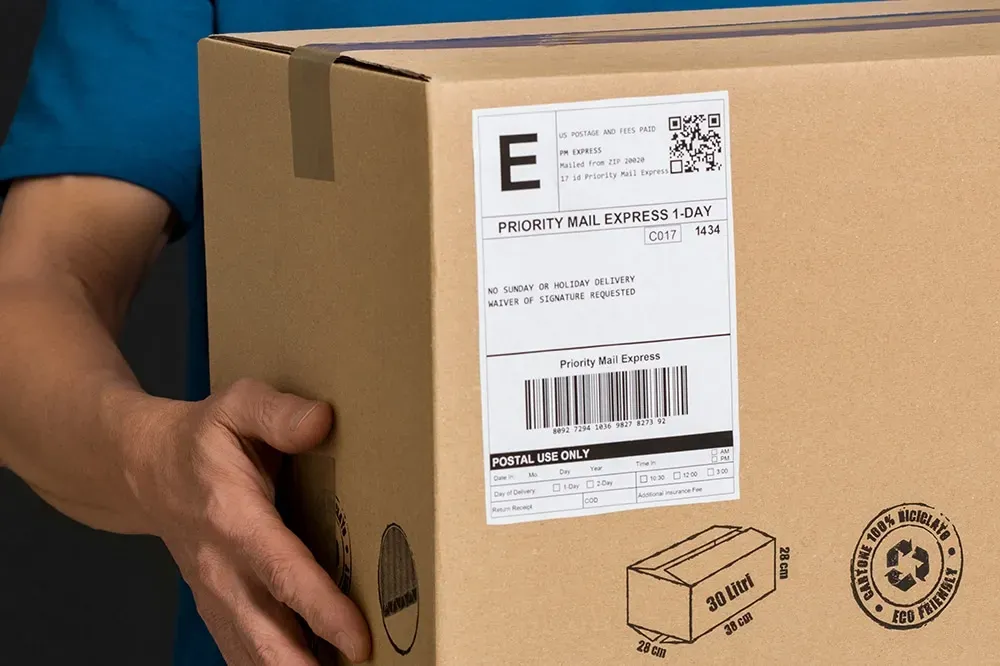
Barcode & Asset Labelling — Industrial & Inventory Control
When accuracy matters, the choice of DPI and media becomes critical.
- 1D barcodes (Code128, UPC) and 2D codes (QR, DataMatrix) for inventory and traceability.
- Serialized asset tags for IT, tools, and fixed assets.
Specs & QA: use 300 DPI (or higher for microcodes) when labels are small or data-dense. For long-term durability, use thermal-transfer printing with wax-resin or resin ribbons. Always run ANSI barcode verification for mission-critical labels.
Tips: Using a thermal transfer printer with the right paper can make barcodes last for decades.
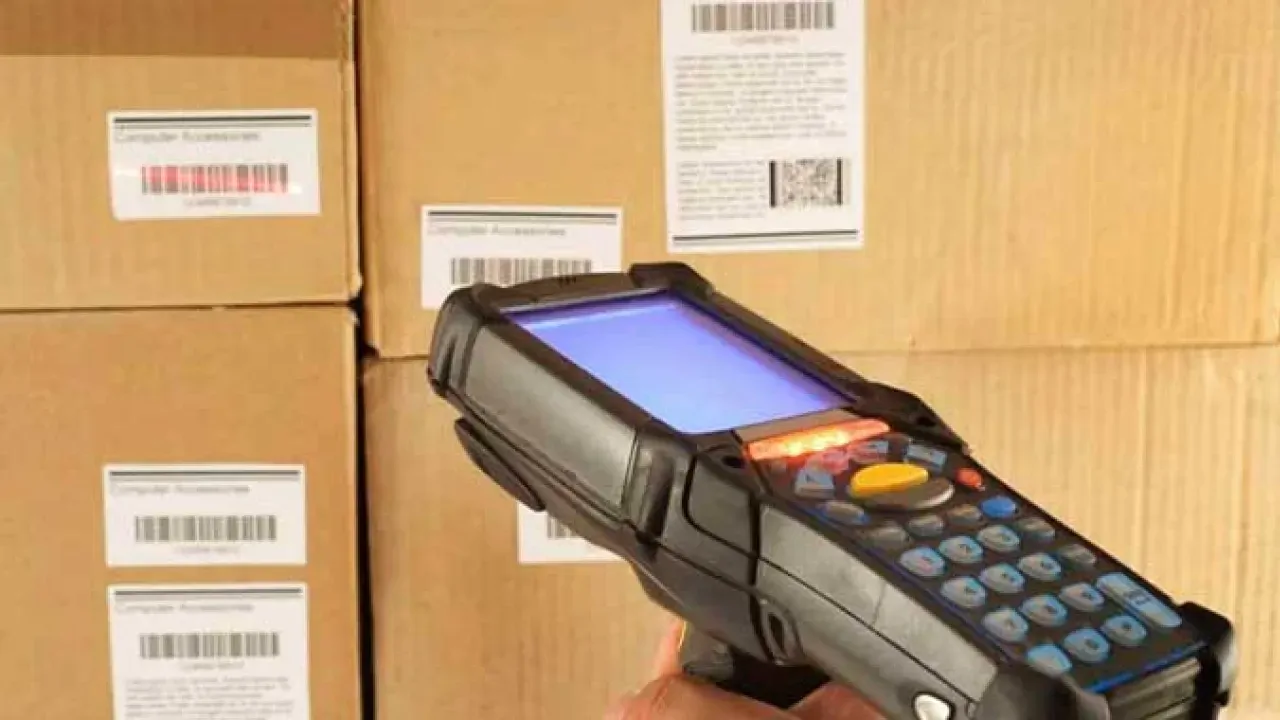
Product & Price Tags (Retail)
Retailers can print on-demand price labels, shelf tags, and simple branded stickers using a thermal printer.
- Shelf price labels, SKU stickers, and short-run promotion tags.
- Add logos or small graphics (300 DPI recommended) to improve shelf appeal.
Tip: for permanent product labels or packaging, thermal-transfer on coated stock often looks and lasts better than direct-thermal.
Healthcare & Laboratory Printing
Healthcare places strict demands on legibility and durability.
- Patient wristbands, specimen labels, medication labels, and lab tube IDs.
- Labels must survive refrigeration, sterilization, or chemical exposure.
Specs: thermal-transfer or top-coated direct-thermal on BPA-free media; use 300 DPI for small text and 2D codes; validate adhesion and readability under expected conditions.

Outdoor & Harsh-environment Tags
If labels are exposed to sunlight, moisture, chemicals, or abrasion, a standard receipt roll won’t cut it.
- Cold-chain labels, chemical drums, and outdoor asset tags.
- Use synthetic substrates (PET/PP) plus resin ribbons for the best abrasion and solvent resistance.
Rule of thumb: thermal-transfer + synthetic = durable.

Event & Ticketing Uses
From concert stubs to visitor passes, thermal printers handle short-lived, variable-data tickets extremely well.
- Admission tickets, numbered passes, and barcode-based access control.
- Personalization and sequential numbering are easy with integrated software.
Spec: direct-thermal is common; add anti-fraud features or security inks if needed.
Mobile & Field Printing
Delivery drivers, field technicians, and inspectors use lightweight thermal printers to print receipts, labels, and invoices on the go.
- Must-haves: Bluetooth/Wi-Fi, battery life, ruggedized chassis.
- Use high-sensitivity thermal paper so mobile units don’t need high heat.
Tip: Pick a mobile thermal printer with good SDK support for your app stack.

Creative & Home-business Uses
Beyond business, thermal printers are popular with hobbyists and micro-businesses:
- Organization labels (jars, cables), planner stickers, minimalist photo prints, flashcards, and gift tags.
- Small-batch product labels for markets or online shops.
Advice: choose top-coated or sticker media for slightly improved longevity of creative prints.
What Thermal Printers Can’t (Well) Do
- Full-color photos and continuous-tone color printing — thermal technology is monochrome by design.
- Archival-quality long-term color or photographic prints.
- Very fine color gradients — for that, use inkjet or laser solutions and combine with thermal labels for barcodes/text.
Workarounds: preprint color backgrounds and use thermal for variable black text/barcodes.
Choosing the right media & DPI — quick guide
- Short-term receipts: direct-thermal, 203 DPI.
- Shipping labels: 203–300 DPI; thermal-transfer if long transit.
- Small/dense barcodes & logos: 300–600 DPI.
- Outdoor/chemical resistance: thermal-transfer + synthetic substrate + resin ribbon.
- Mobile printing: high-sensitivity direct thermal paper.
Always test a sample print under real conditions (scan, rub, UV/heat exposure) before bulk purchasing.
Learn more about DPI, click Thermal Printer DPI Guide | 203 vs 300 vs 600 Explained
Quick Pre-print Checklist
- Define label lifespan (hours/days/months/years).
- Choose media type: direct-thermal vs thermal-transfer vs synthetic.
- Select DPI based on the smallest element (barcode X-dimension).
- Run a sample: print → scan → rub → age test.
- Integrate label templates into your ERP/WMS or mobile app.
Conclusion
A thermal printer is far more than a receipt device — it’s a flexible tool for logistics, retail, healthcare, mobile services, and even creative projects. The critical decisions are media choice and DPI: match those to expected lifespan and environment, run a sample, and standardize consumables. Do that, and your thermal printer investment will deliver reliable, cost-effective prints across the board
About Aiyin
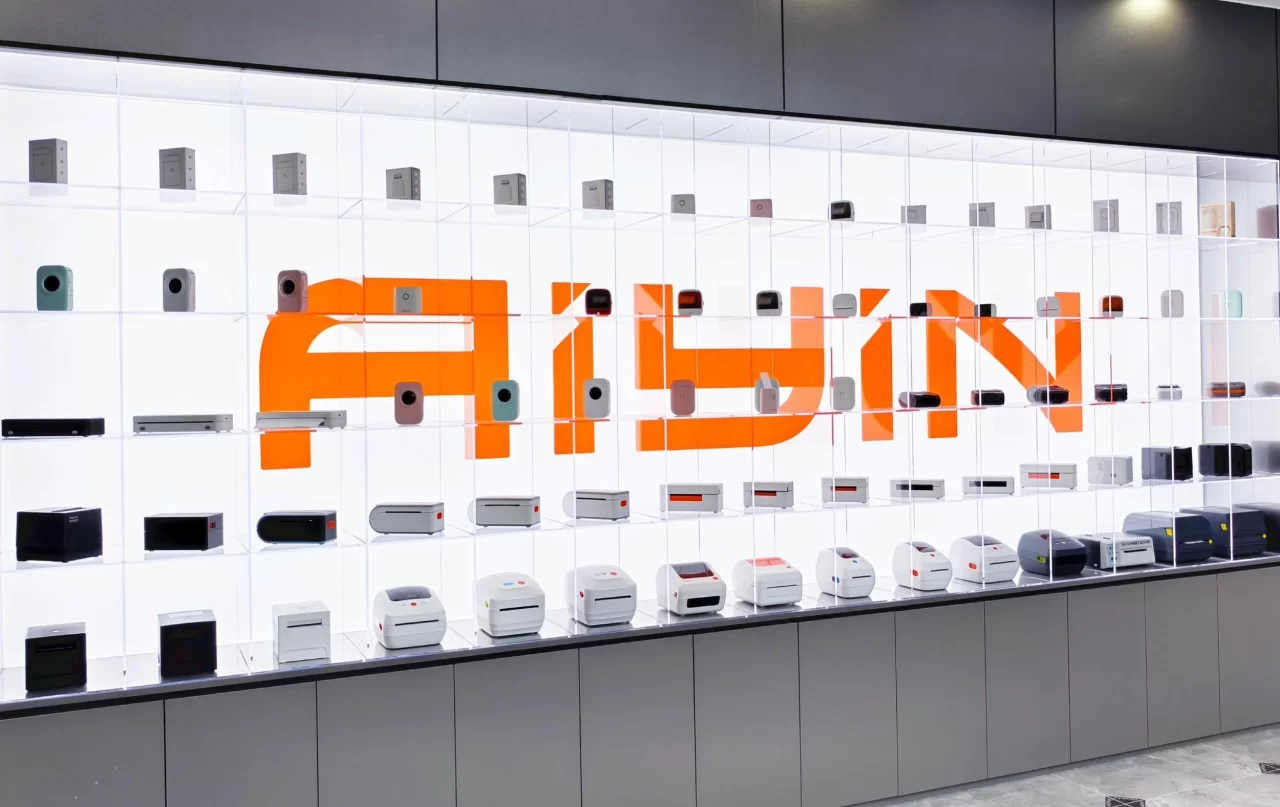
At Aiyin, we combine innovation and manufacturing strength to deliver dependable printing technology. As a leading thermal printer manufacturer, with our in-house production facilities, we offer competitive wholesale thermal printer supply, stable lead times, and strict QA processes that fully comply with international standards—guaranteeing precision, reliability, and lasting performance.

